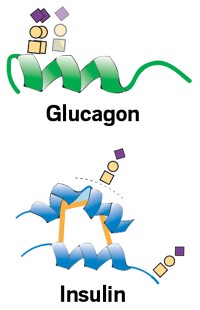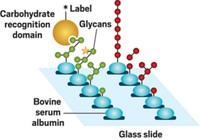Advertisement
Grab your lab coat. Let's get started
Welcome!
Welcome!
Create an account below to get 6 C&EN articles per month, receive newsletters and more - all free.
It seems this is your first time logging in online. Please enter the following information to continue.
As an ACS member you automatically get access to this site. All we need is few more details to create your reading experience.
Not you? Sign in with a different account.
Not you? Sign in with a different account.
ERROR 1
ERROR 1
ERROR 2
ERROR 2
ERROR 2
ERROR 2
ERROR 2
Password and Confirm password must match.
If you have an ACS member number, please enter it here so we can link this account to your membership. (optional)
ERROR 2
ACS values your privacy. By submitting your information, you are gaining access to C&EN and subscribing to our weekly newsletter. We use the information you provide to make your reading experience better, and we will never sell your data to third party members.
Analytical Chemistry
Zeptoscale cell metabolism
June 25, 2007
| A version of this story appeared in
Volume 85, Issue 26
A new assay allows scientists to analyze the metabolism of glycosphingolipids in single cells. The method could help biologists examine cell-to-cell diversity and metabolic regulation of these cell-surface molecules. Glycosphingolipids are molecules consisting of a saccharide head and a split lipid tail containing a sphingosine chain and a fatty acid side chain. One type of these molecules, called gangliosides, has up to four sialic acid groups attached to the head. Gangliosides make up a large fraction of the outer membrane of neurons. Tay-Sachs disease and other disorders are associated with problems in ganglioside metabolism. By replacing gangliosides' fatty-acid side chain with the fluorescent dye tetramethylrhodamine, a team led by Norman J. Dovichi of the University of Washington analyzed ganglioside metabolism in 54 individual cultured pituitary tumor cells, using capillary electrophoresis and laser-induced fluorescence (Anal. Chem., DOI: 10.1021/ac070716d). The team can detect at the low zeptomole (10-21) level all metabolites that retain the dye.




Join the conversation
Contact the reporter
Submit a Letter to the Editor for publication
Engage with us on Twitter